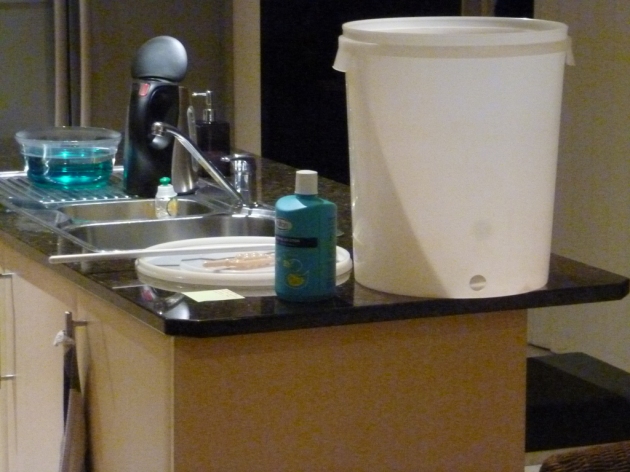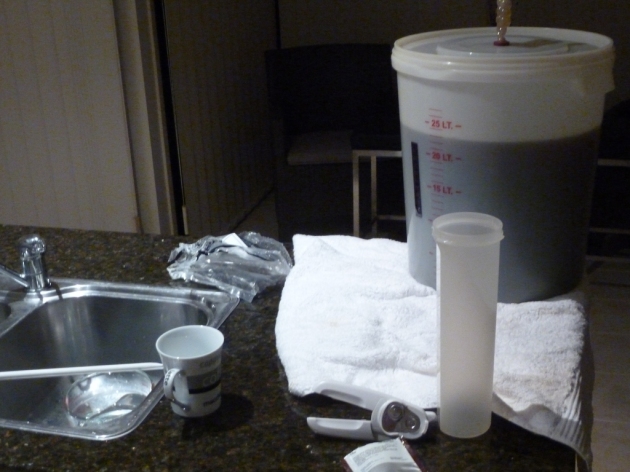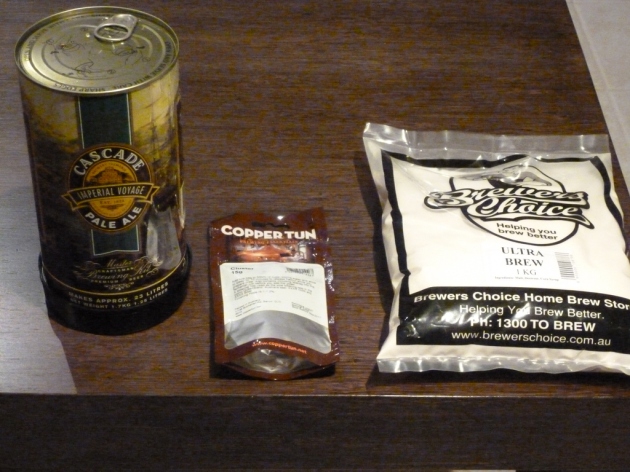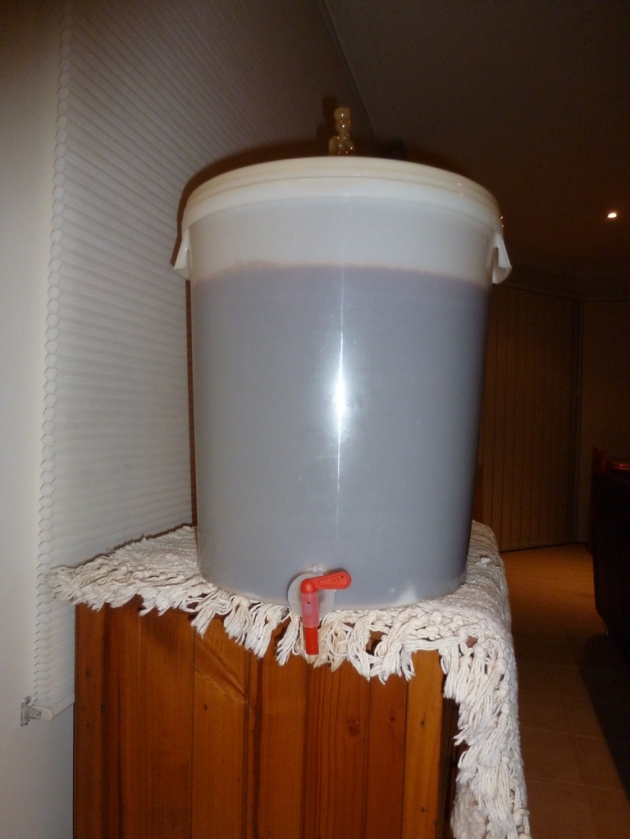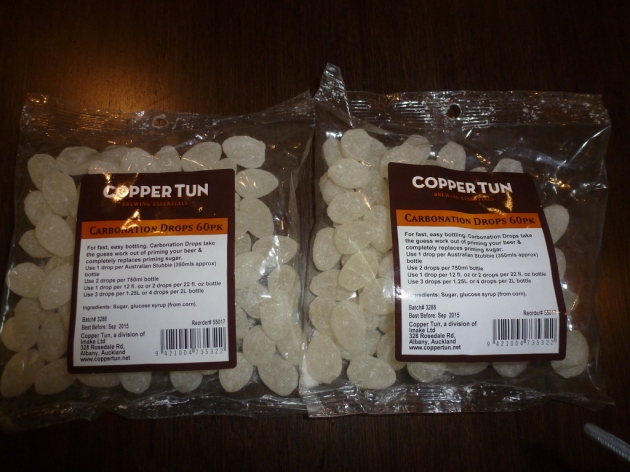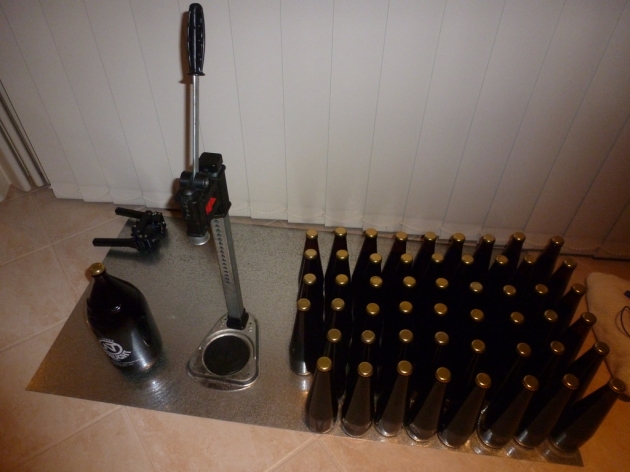FM Portable Shootout: Bauhn ADS215 versus Degen DE1121
December 28, 2013
The following post is a ‘quick and dirty’ portable receiver shootout between the Bauhn ADS215 and Degen DE1121.
The DE1121 was chosen as the contender as it is consistently the most sensitive radio this writer owns, offering outstanding performance on weak FM signals. Whether playing with FM signals on a mountain top, or in a beachside apartment or garage surrounded by steel & concrete… if a (more preferable) component tuner absolutely cannot be utilized, this portable radio shines the brightest.
Sensitivity data for the Bauhn ADS215 dual band receiver is NOT available, so a comparison test is one crude and fun way to gauge significant differences in receiver performance.
Methodology
Since both radios offer FM reception, this band is to be the subject of the test. To avoid potential interference from the mains power supplies, battery power was used. The telescoping monopoles on both receivers were used. It is important to be fair and perform the test with considerable urgency. Transient propagation changes over time affect VHF/FM receiver testing. Anomalies such as jet reflected signal improvements may distort results.
The Degen radio was tested first. The Bauhn radio was tested immediately after; perhaps five minutes had elapsed. Seven provincial FM signals were tested for 45 seconds each. The test was repeated the next day to ensure that potential propagation changes during the test had NOT affected the preliminary test.
| Characteristic | Bauhn ADS215 | Degen DE1121 |
| Price | Sale $30 retail | From $91 delivered |
| Availability | Exclusively through ALDI stores | Exclusively through online merchants |
| Tuner | Gyro Signal 1128 (Taiwan) | Toshiba TA7358AP (Japan) |
| FM Sensitivity | N/A | Better than 5 microvolts for a signal with 30 dB S/N at 98 MHz |
| IF and Selectivity | Stock: Digital Processing of analogue IF | Custom modified: 180 kHz + 56 kHz Murata filters |
| Origin | China by Tempo Australia | China by same parent as Tecsun |
| Coverage | DAB: 174 – 240 MHz, FM: 87.5 – 108 MHz, Radio Data System, 50 kHz steps, RDS: PT, PS, RT & PI data | Longwave: 50 kHz – 521 kHz, Medium wave: 522 – 1719 kHz, Shortwave: 1700 kHz – 30 MHz, FM: 70 – 108 MHz, 10 kHz steps |
| Telescopic Antenna | 80 cm Stainless Steel | 90 cm Stainless Steel |
| Batteries | 4 x AA | 3 x AA |
| DC Supply | 5 volts, 600 mA | 6 volts, 300 mA |
| Inputs | Headphones | Headphones, Auxiliary Audio, External FM Antenna |
| Speakers | Single, 1 watt | Single, 77 mm diameter |
Comparisons with other DAB+ receivers
Surprisingly, the Bauhn receiver offers superior sensitivity on the FM band than the far more expensive Pure One Mini and Bush BR10DAB. The latter contains Frontier Silicon’s Venice 5.1 module, which was released in the third quarter of 2008. That module was also included in the Yamaha TSX-120 Ipod dock and many other receivers. At that time, Frontier Silicon manufactured 80% of the chipsets, modules & platforms for over 300 DAB receivers.
Commerce & economics graduates are taught that purchase price is a guide to what the market will bear, NOT necessarily quality. That is certainly applicable for this product!
Notable features of the Bauhn receiver
Unlike the latter two receivers, internally generated spurious interference was absent on the FM band on the Bauhn DAB+ receiver. By accident, this tester discovered that the Bauhn ADS215 will in fact decode PI codes, making it advantageous for long distance FM (DX) enthusiasts as PI codes. DX enthusiasts use these unique station identification codes since this parcel of RDS data will decode most readily.
Accessing PI code data seems to be a hidden feature (aka Easter Egg) of the receiver. Certainly, there is no mention of such capability in the instruction booklet. To access the PI code mode, simply hold down the INFO button for about five seconds or longer. This is the radio’s software menu. Continue to press the INFO button until the current FM station’s PI code is displayed. Once PI code mode is activated, tuning in 50 kHz increments can be performed as per usual.
| Weak Signal in MHz | Distance in Miles | Bauhn ADS215 | Degen DE1121 |
| 89.1 | 86 (15 kilowatt ERP) | No signal | Mono |
| 91.5 | 88 (1 kilowatt ERP) | No signal | Negligible signal |
| 92.5 | 45 | Mono | Stereo |
| 96.1 | 85 | Poor signal | Stereo |
| 100.9 | 143 | Indoor interference | Mono |
| 102.9 | 45 | Negligible signal | Mono |
| 107.3 | 90 | Mono | Quieting Stereo |
Sensitivity
The sensitivity results compiled in table two (above) suggests that unsurprisingly, a dedicated FM radio (as usual) will outperform a DAB+ radio. Similarly, high-end DAB+ component tuners do NOT take advantage of the compromised FM section of the DAB+ modules, but employ a dedicated FM tuner module for optimal reception.
Brief word on DAB+
This mode was NOT tested thoroughly on this occasion, since this receiving location suffers no coverage deficiency. However, the Bauhn ADS215 is an extremely capable performer on DAB+. These transmissions are the primary choice for digital radio broadcasts outside of the Americas, which uses IBOC (In Band On Channel).
Many forum correspondents report the Bauhn ADS215 to be the most sensitive DAB+ receiver they own. British hi-fi manufacturer AudioLab uses the same DAB+ module as this radio in their high sonically rated 8200T component tuner, according to the service manual.
DAB+ versus FM
The penetration of DAB+ continues in Australia and is expected to reach 16 percent of households by June 2014, according to PwC estimates. With new spectrum allocated to DAB+ in regional areas (now that analogue high band VHF television has been switched off), the future of digital radio broadcasting offers great potential across the continent.
Anecdotal reports suggest DAB+ programming in this country may have improved. At the very least, the discussion of DAB+ station content seems to be flourishing like never before! Unfortunately, the use of low bitrates to broadcast specialist music stations may continue to be problematic for those listening on component tuners within hi-fi installations.
Summary
The FM performance of DAB+ modules seems to be improving each year. The FM performance of a DAB+/FM combination radio might still NOT meet the onerous portable demands of long distance FM enthusiasts. Earlier articles listed below focus heavily on that very topic, and attempt to explain why some of these individuals may prefer custom modified portable FM radios such as the Degen DE1121.
The test results indicate that the Bauhn ADS215 is likely to provide satisfactory FM performance. Ideally this radio is suited to those listeners who suffer from patchy DAB+ reception, which means the fallback radio entertainment becomes analogue FM broadcasts.
Further reading
AudioLab Component tuner Review – Adobe Reader document
Bauhn ADS215 discussion on Whirlpool forums
DAB chips to be in smartphones
DAB radio’s reception gaps proved to be a matter of life or death – Telegraph (UK)
Degen DE1121 detailed specifications – German export version
Degen DE1121 user reviews – Translated Russian
DE1121 Block Diagram – Adobe Reader document
GyroSignal Technology DAB+ tuner modules
Indicative sales prices for DAB+ radios
Kaito KA1121 detailed specifications – North American version
Toshiba TA7358AP FM front end – Adobe Reader document
Related blog articles
Bauhn ADS215 satirical shootout
Inject your DAB+ portable radio with steriods
Portable FM radios favoured worldwide – Digital Signal Processing versus a Conventional IF section
Receiving Sporadic E reception with portable receivers









